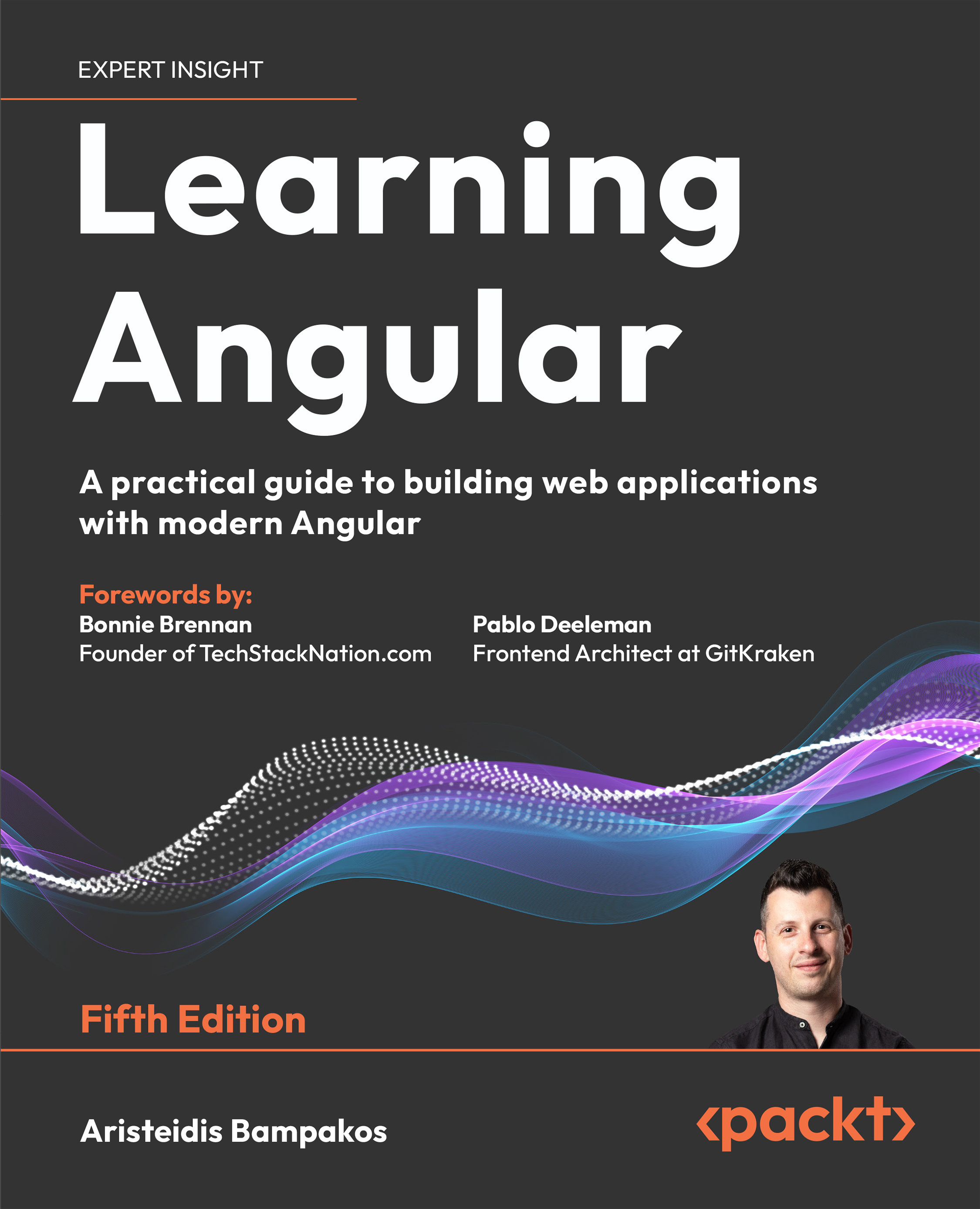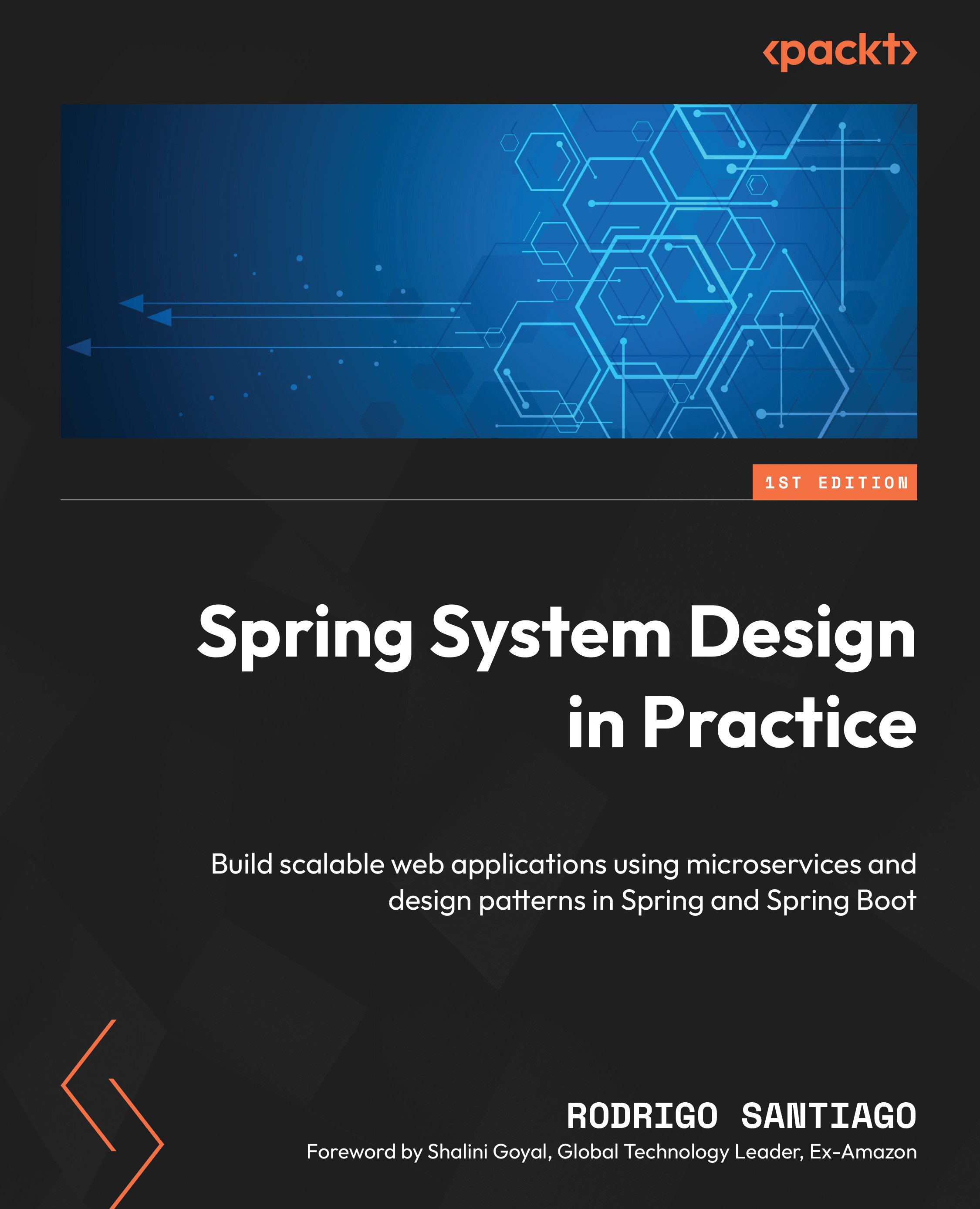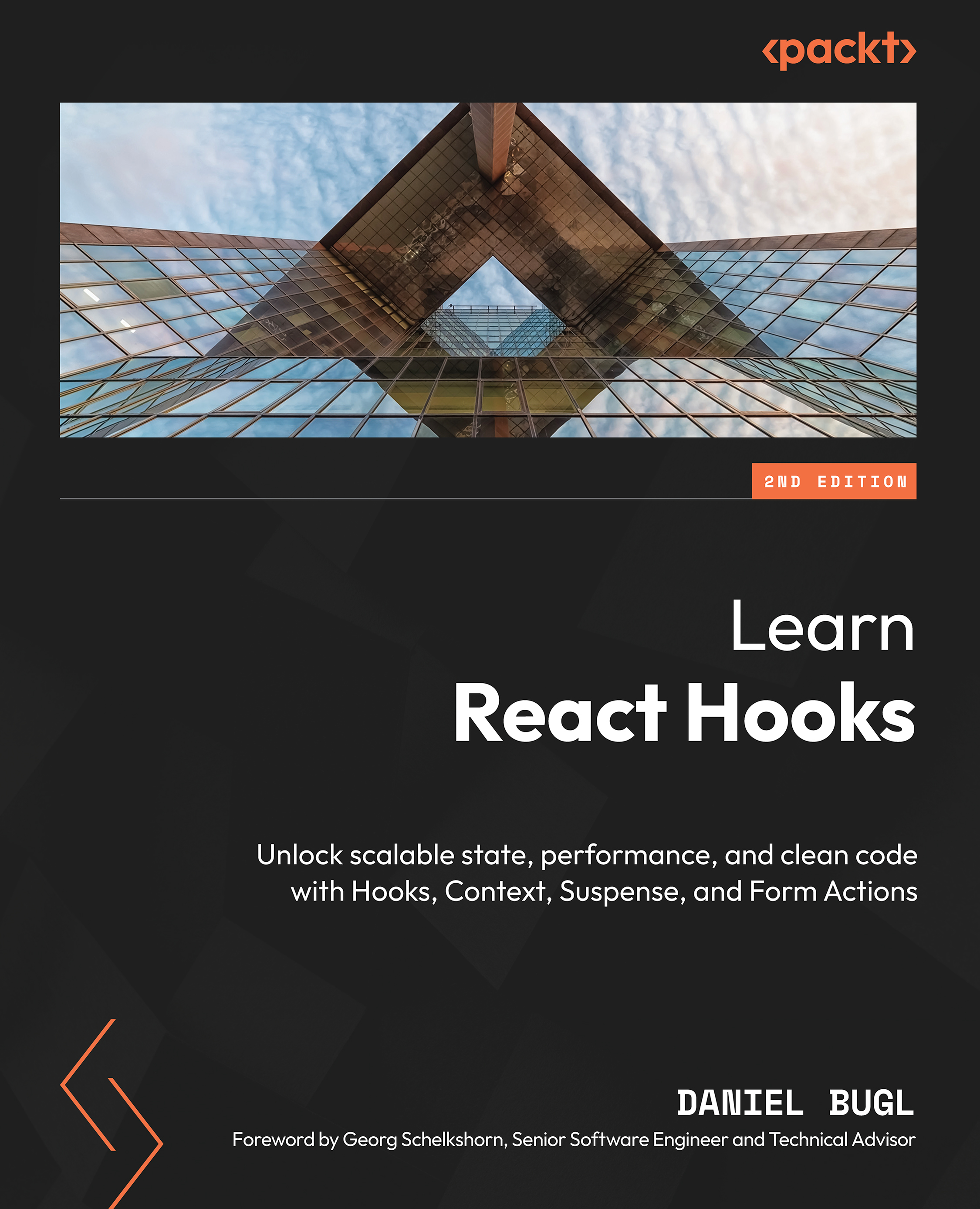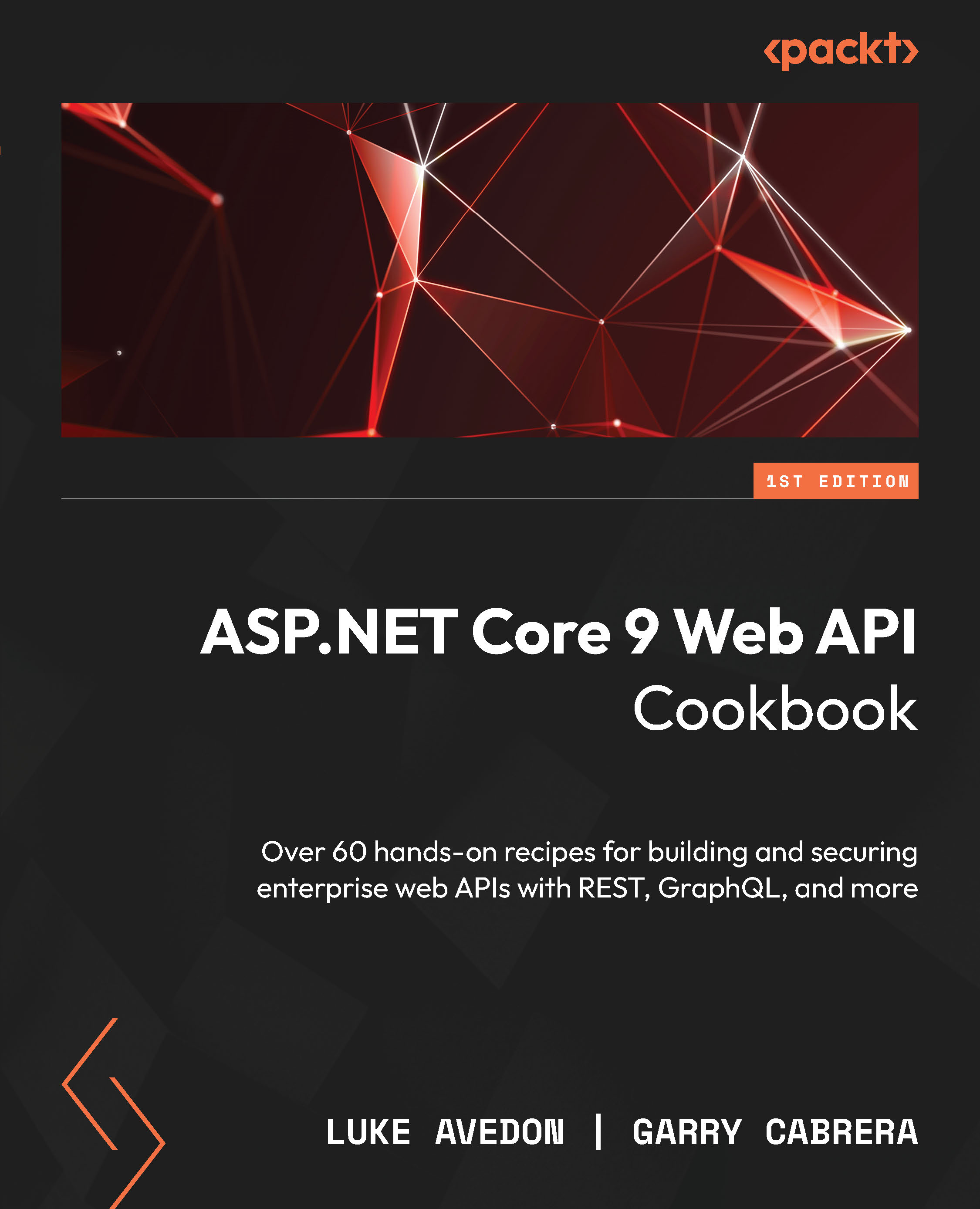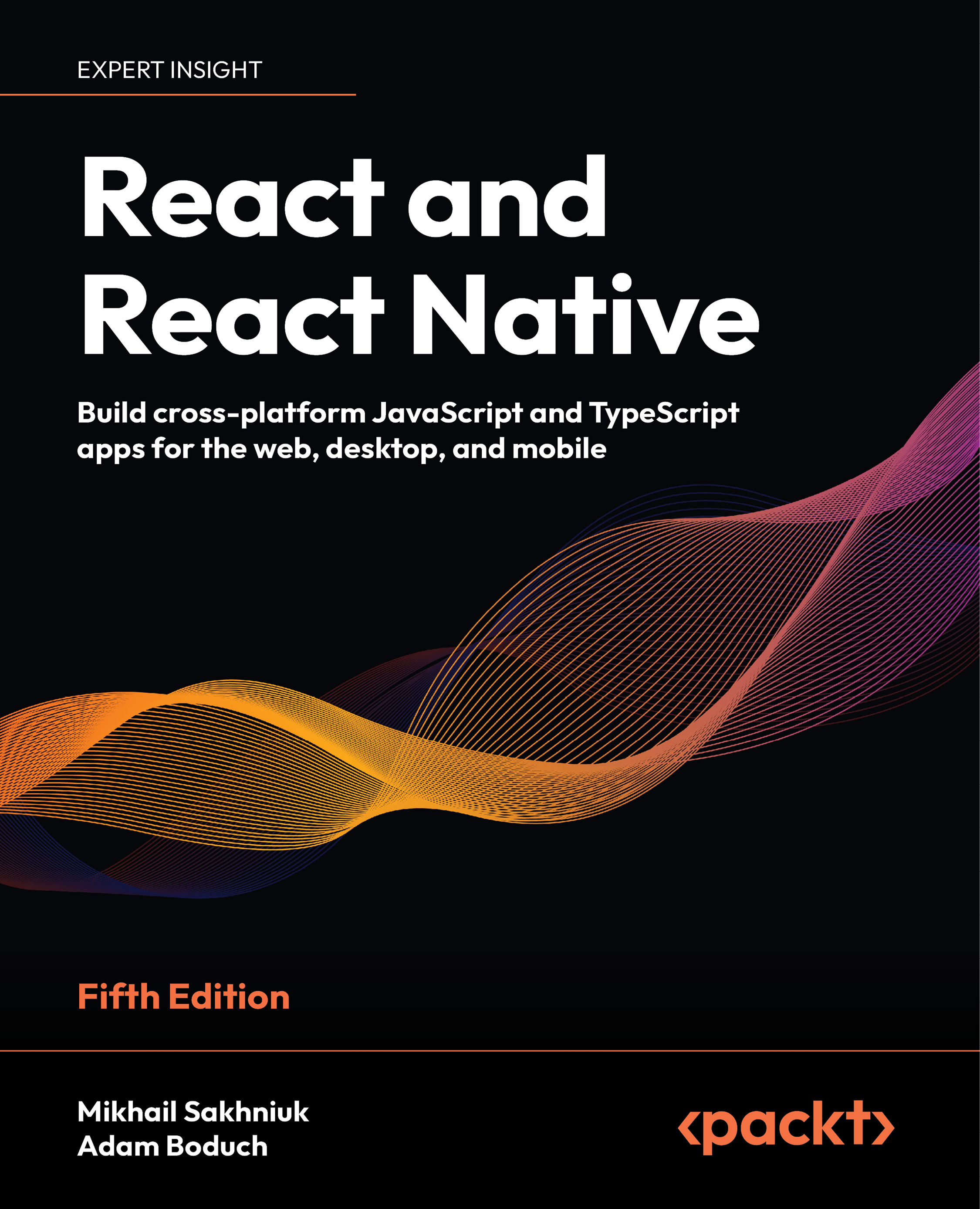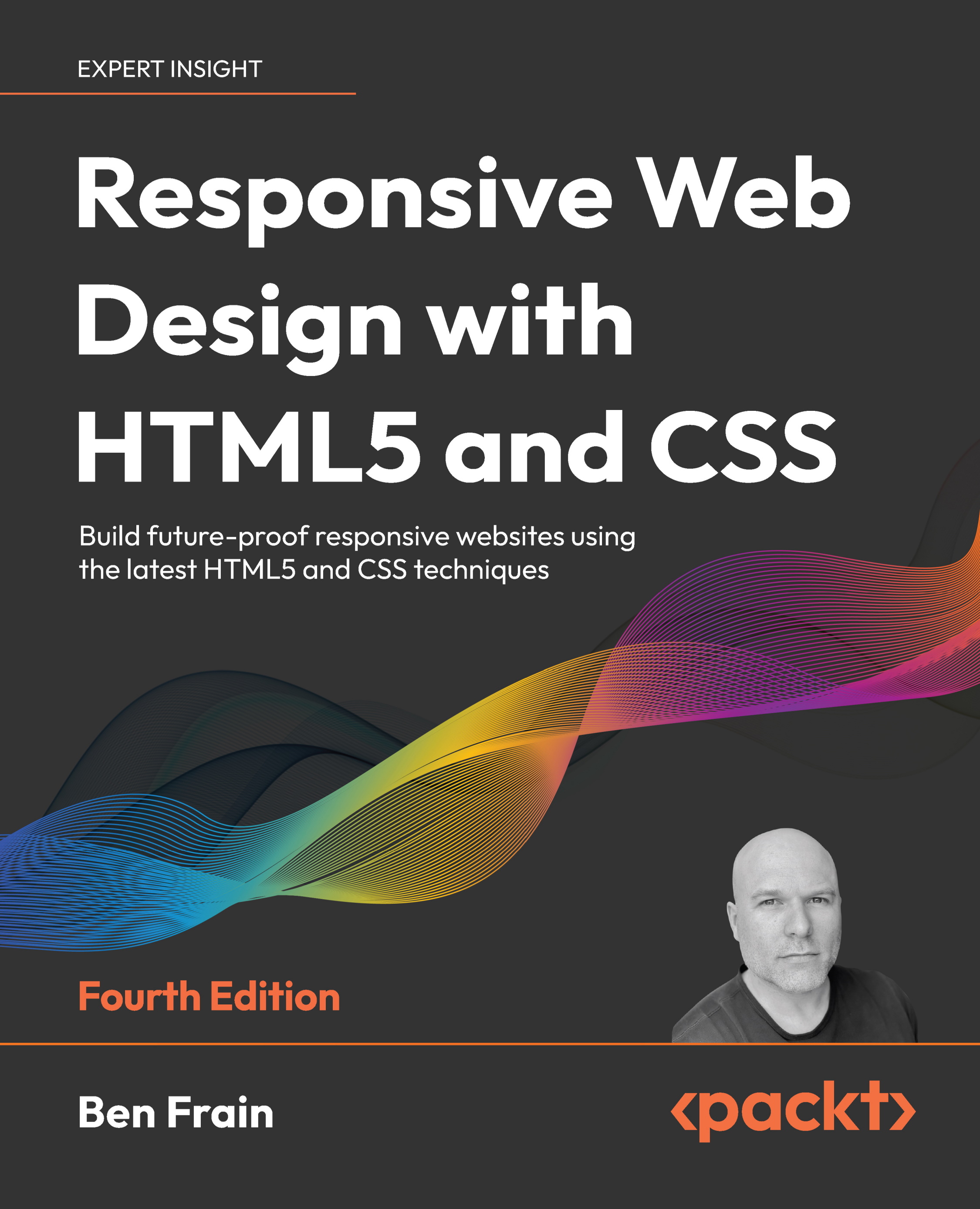Mithun Satheesh is an open source enthusiast and a web developer from India. He has over five years' web development experience and specializes in JavaScript, Ruby, PHP, and other frontend engineering technologies. He is the author of a couple of libraries on Node.js, which are available open-source via npm. One of these, called node-rules, is a forward-chaining rule engine implementation written initially to handle transaction risks on bookmyshow, one of his former employers. Node rules have a considerable user following both on npm and GitHub. Apart from this, he has also served as an individual contributor to many open source projects on GitHub. He is a regular on programming sites such as Stack Overflow and loves contributing to the open-source world. Apart from programming, he is also interested in experimenting with various cloud platform solutions. He has a number of applications listed in the developer spotlight of Platform-as-a-Service providers such as RedHat's OpenShift.
Read more
 United States
United States
 Great Britain
Great Britain
 India
India
 Germany
Germany
 France
France
 Canada
Canada
 Russia
Russia
 Spain
Spain
 Brazil
Brazil
 Australia
Australia
 South Africa
South Africa
 Thailand
Thailand
 Ukraine
Ukraine
 Switzerland
Switzerland
 Slovakia
Slovakia
 Luxembourg
Luxembourg
 Hungary
Hungary
 Romania
Romania
 Denmark
Denmark
 Ireland
Ireland
 Estonia
Estonia
 Belgium
Belgium
 Italy
Italy
 Finland
Finland
 Cyprus
Cyprus
 Lithuania
Lithuania
 Latvia
Latvia
 Malta
Malta
 Netherlands
Netherlands
 Portugal
Portugal
 Slovenia
Slovenia
 Sweden
Sweden
 Argentina
Argentina
 Colombia
Colombia
 Ecuador
Ecuador
 Indonesia
Indonesia
 Mexico
Mexico
 New Zealand
New Zealand
 Norway
Norway
 South Korea
South Korea
 Taiwan
Taiwan
 Turkey
Turkey
 Czechia
Czechia
 Austria
Austria
 Greece
Greece
 Isle of Man
Isle of Man
 Bulgaria
Bulgaria
 Japan
Japan
 Philippines
Philippines
 Poland
Poland
 Singapore
Singapore
 Egypt
Egypt
 Chile
Chile
 Malaysia
Malaysia






